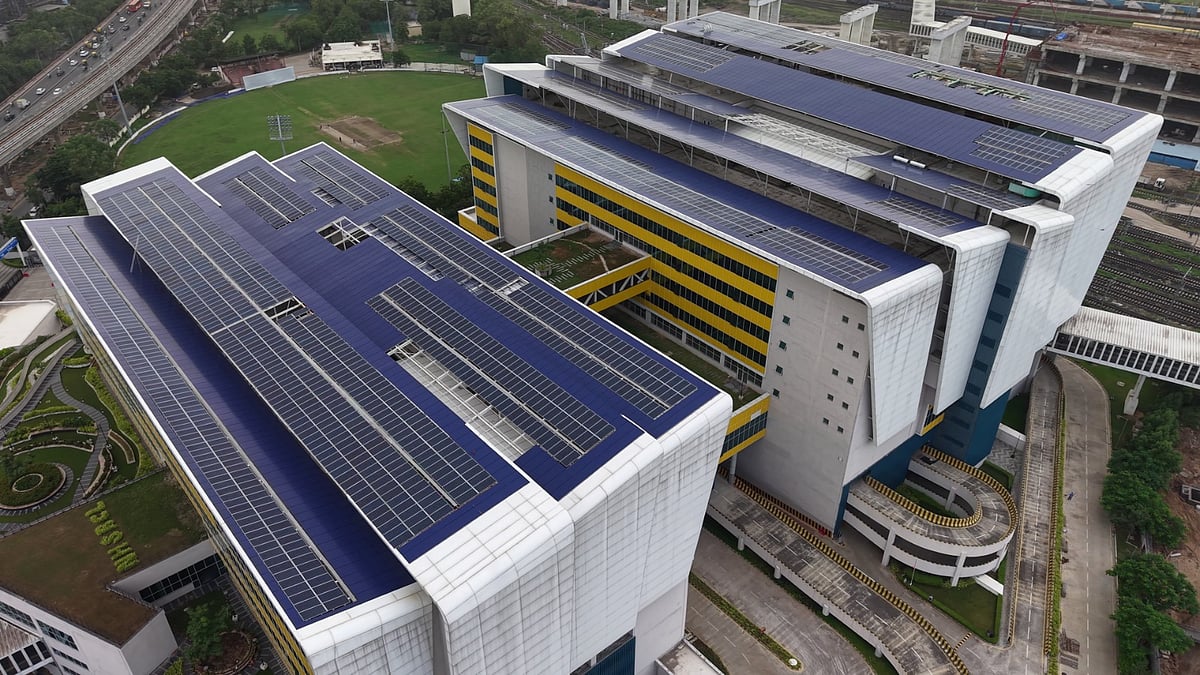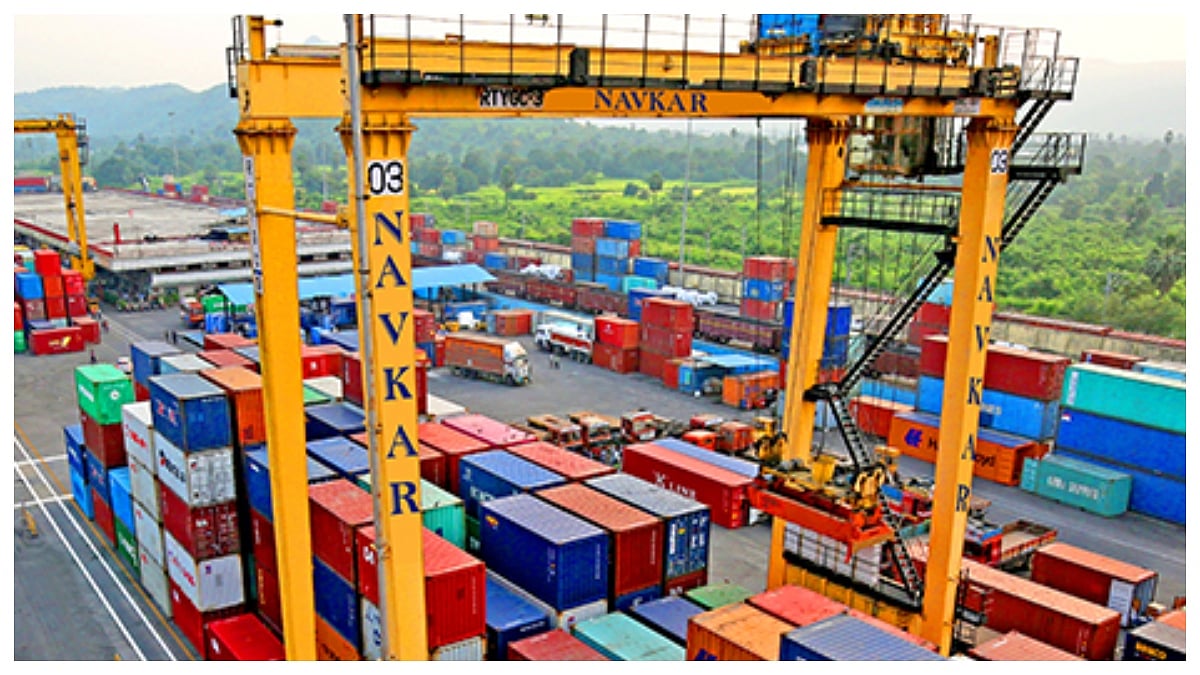The manufacturing sector has been significantly impacted by COVID-19, with rising input prices, supply chain issues, semi-conductor shortages, and mismatches in supply-demand being some of the problems which have hampered business.
In this backdrop, companies are increasingly looking to use digital transformation to drive results in the physical world. A recent survey revealed that acceleration of digital transformation through acquisitions was a top priority for 46 percent of companies impacted by the pandemic.
Companies are also using transformation opportunities to re-examine their core proposition and reaffirm the prospects to their shareholders, employees, and customers.
The first companies to adopt advanced digital capabilities are going to benefit by gaining a competitive advantage, while the traditional players are most at risk of losing their edge.
Build versus Buy: Shortening the time to build a Digital-first approach
The pace of technological change and innovation is impacting the build vs. buy equation. Companies are finding that mergers and acquisitions (M&A) is a strong tool for shortening the timespan for acquiring digital capabilities. Correspondingly, the threat of a competitor acquiring those capabilities first is seen as a significant business risk.
Most manufacturing companies lack the experience of building and running such digital teams. They often lose out in the race to attract the best digital talent that typically is drawn towards technology companies.
While M&A can deliver a quick fix in terms of rapid acquisition of capabilities, it is essential to link such acquisitions to the business strategy, whether to create a new customer experience, optimize elements of the supply chain, or expand into new business segments. This article examines some of these use cases in more detail.
Moving towards a low contact approach for customers
Demand for a faster, on-demand, low contact approach by end customers is forcing many manufacturing companies to change their conventional methods of customer interaction. With physical interaction models being superseded or supplemented by digital models, many businesses are also looking towards new products that are digital-first. Acquisitions are being successfully used by companies to fill such gaps in core product or service offerings.
An automotive major’s India finance arm recently acquired majority stake in an automotive lending start-up and later replaced its traditional brick and mortar business completely with the digital-first solution offered by the start-up.
Digital interventions for optimizing supply chains
Manufacturing companies have focused on continuously improving their supply chains to deliver higher value at a lower cost. Supply chain planning, operations and cost are undergoing a sea change due to technological disruptions. An example is real-time breakdown of SKUs which used to take significant time for companies to collect is now available for planners at the click of a button.
Many companies are evaluating the deployment of digital solutions for planning, analysing, and reconfiguring their supply chains. M&A here is serving as a catalyst to help them develop and achieve their unique strategies.
A case in point is an Indian Automotive group which acquired a startup focused on the supply chain, solving the genuine spare part sourcing problem for workshops.
Accessing new market segments through innovative digital platforms
Manufacturing companies are being disrupted by startups that bring technology-based innovation and new revenue models. Established players are increasingly looking at such companies as a potential way to enter adjacent or completely new market segments. In such cases, acquisitions are helping accelerate the growth for companies by helping them to grow much faster, and into new areas where their capabilities would usually not extend.
To expand beyond its current business, a petrochemical manufacturer diversified into completely new markets, with entry into Platform and Software as-a-Service models respectively through acquisition of two different start-ups offering these solutions to customers.
Acquihiring distinctive talent for attaining digital capabilities
Acquihiring strategies, where acquisitions are undertaken largely for the employees, are going to be increasingly used by manufacturing companies to overcome the challenges involved in building and sustaining digital talent within a more traditional organization. Securing distinctive talents along with the right experienced entrepreneurial leadership typically helps acquirers gain a significant competitive advantage.
A leading watch manufacturer recently acquired an IoT (Internet of Things) start-up. The incoming talent is expected to help the manufacturer by offering expertise in hardware, firmware, software, cloud technology, and consumer platforms.
Digital disruption has forced manufacturers to explore faster means to embark on their digital transformation journeys. Players today are having to undertake such transformations across different facets of their business to stay relevant in the marketplace. The acquisition approach to obtaining relevant digital capabilities holds great promise to unlock a host of new opportunities for manufacturing companies in a relatively short timeframe, helping them navigate the path to success.
(Sumeet Salwan is Partner, Deloitte India and Mayank Jaswal, Director, Deloitte India)









